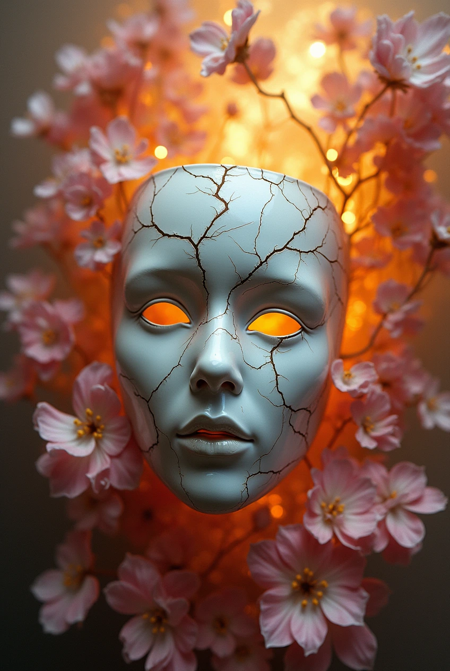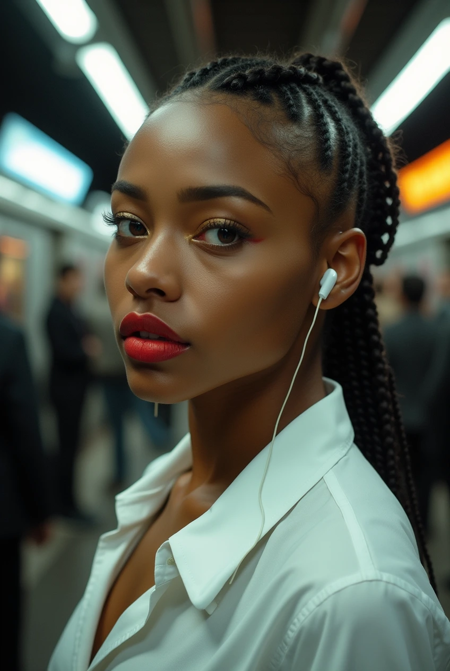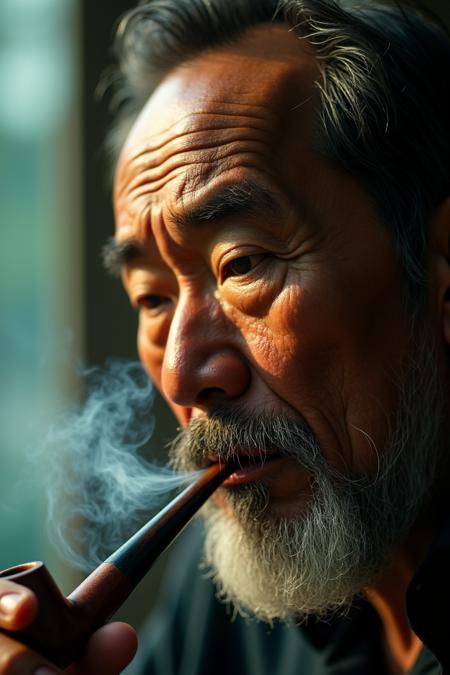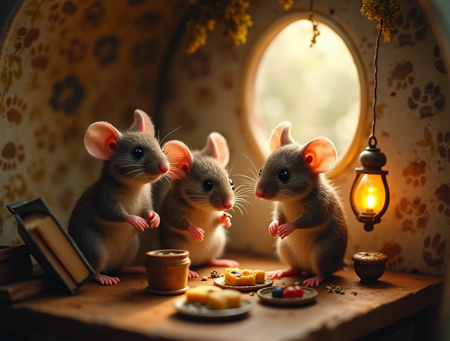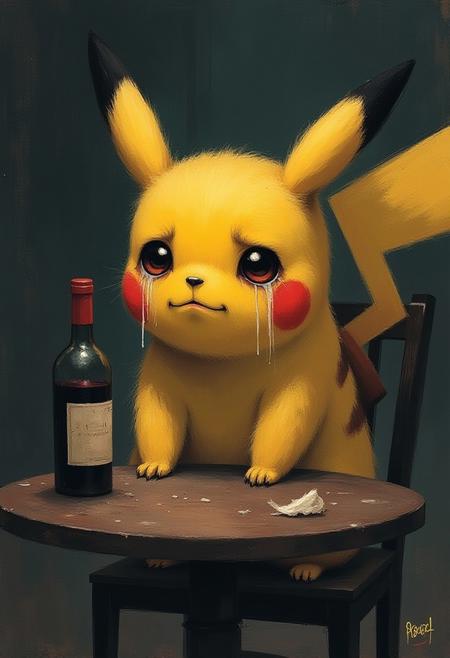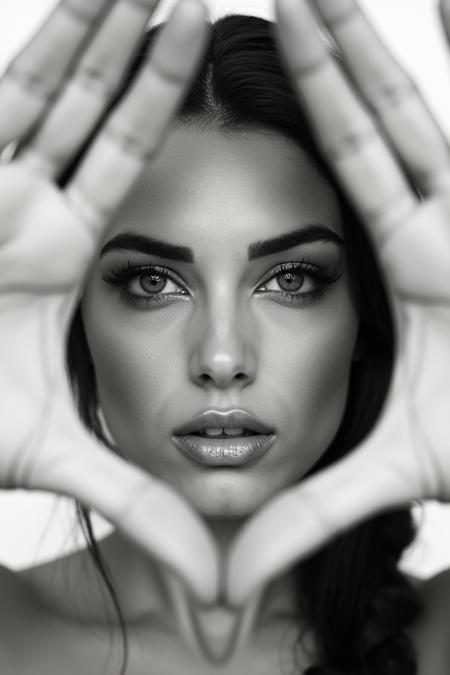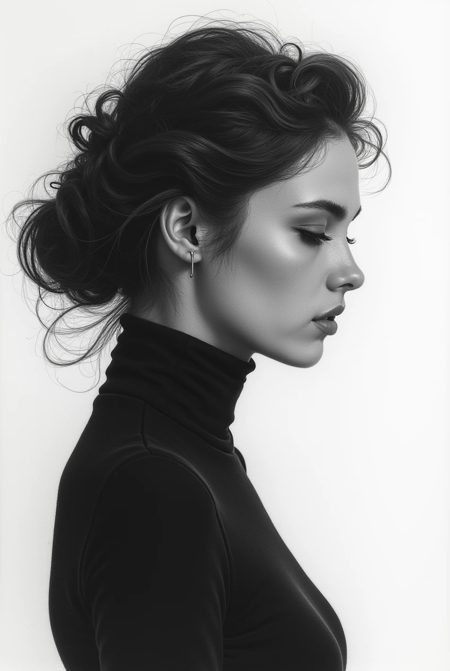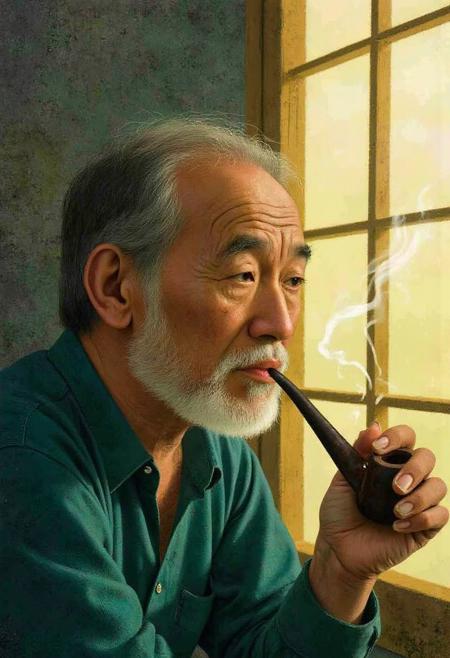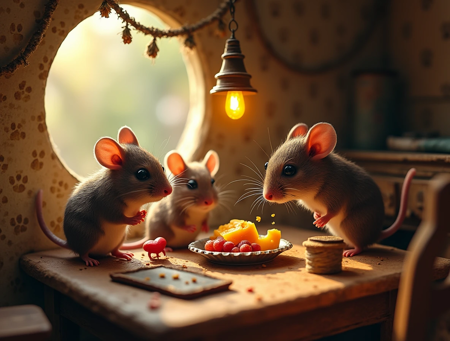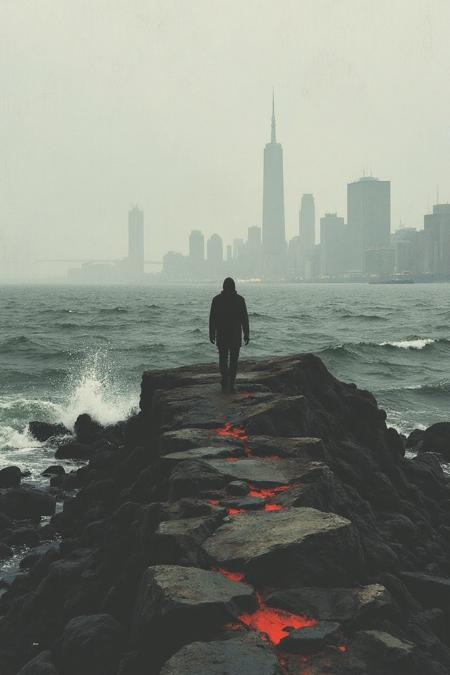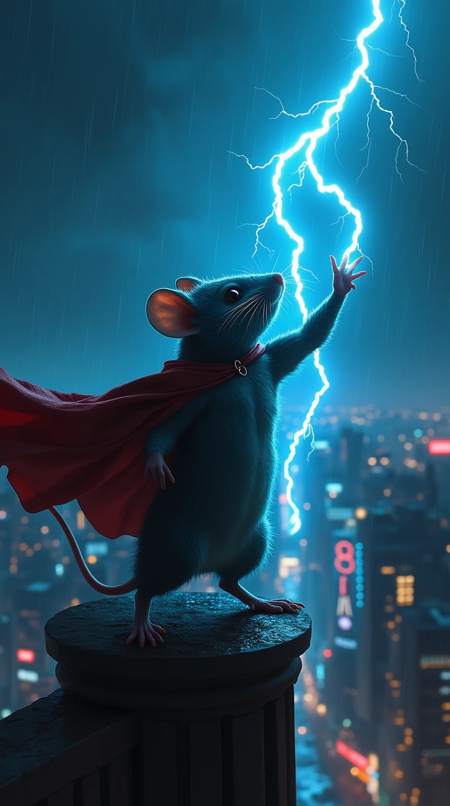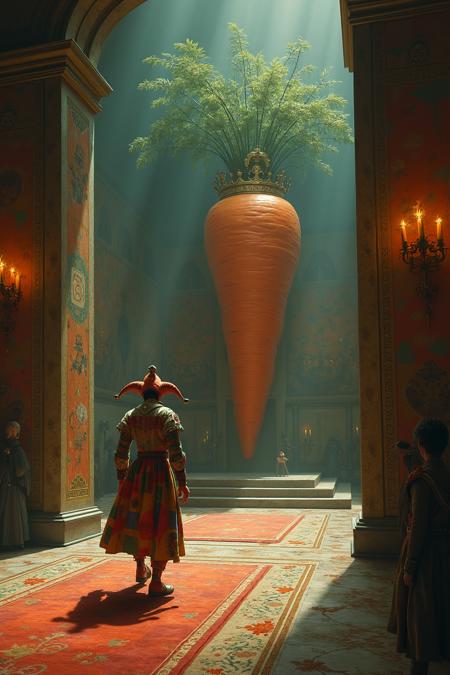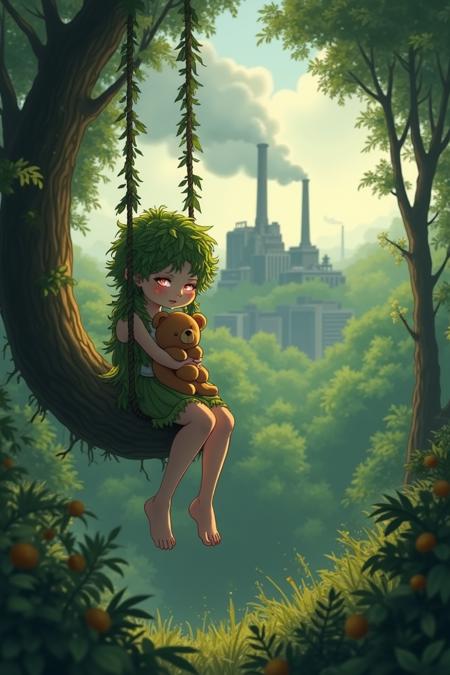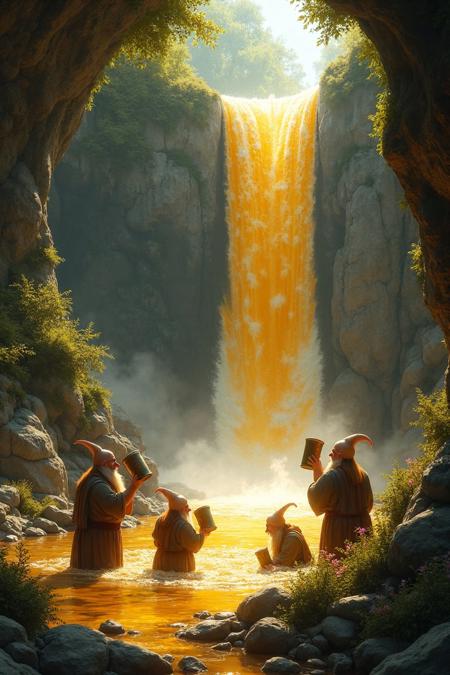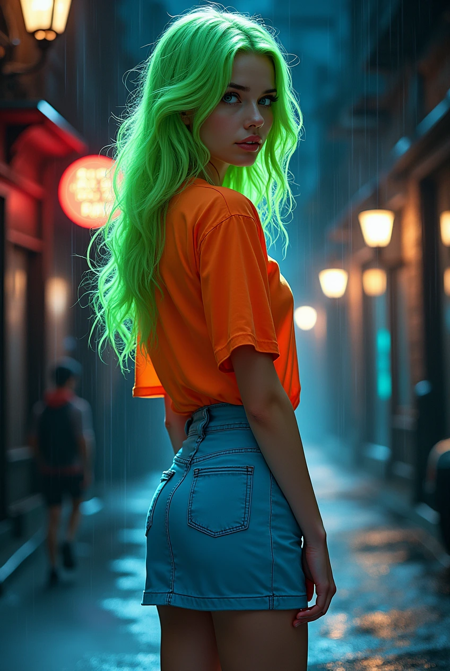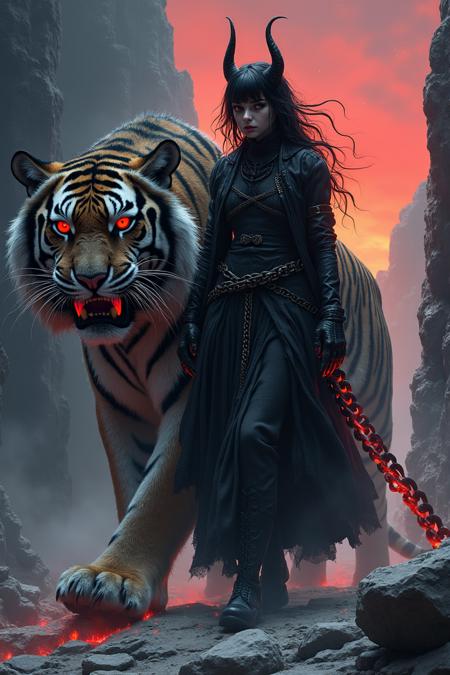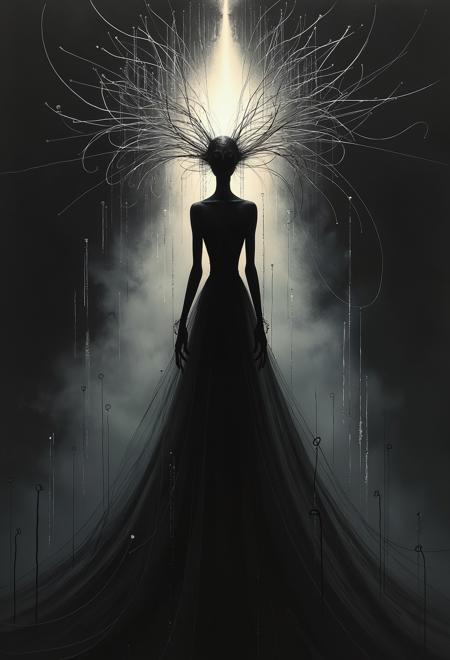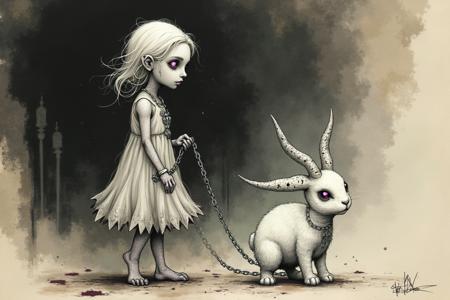Smoke hangs heavy in the air of a dimly lit nightclub, illuminated by pulsating, colourful spotlights. On the tiled dance floor, a young woman stands poised, her sequinned dress catching the light and transforming into a cascade of shimmering glitter. The music throbs around her, a palpable energy that vibrates through the floor and up into her body. The warm glow of a wooden bar in the background adds a touch of classic elegance to the otherwise modern, electric atmosphere. A sense of anticipation and excitement hangs in the air, as if the night is just beginning and anything is possible. Style: Atmospheric nightclub photography, capturing the energy and glamour of the scene. impasto oil painting
0
11
Safe
Private

